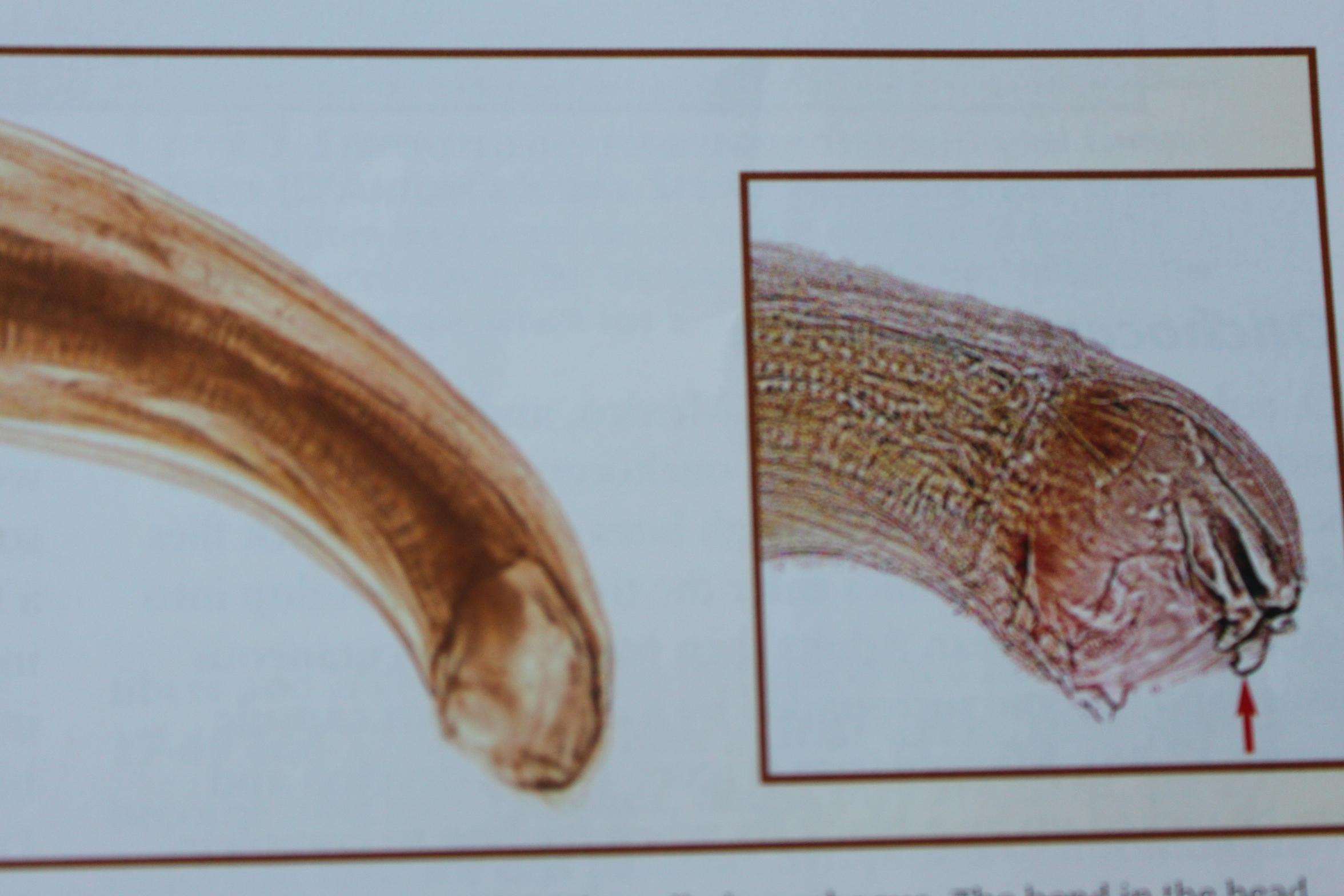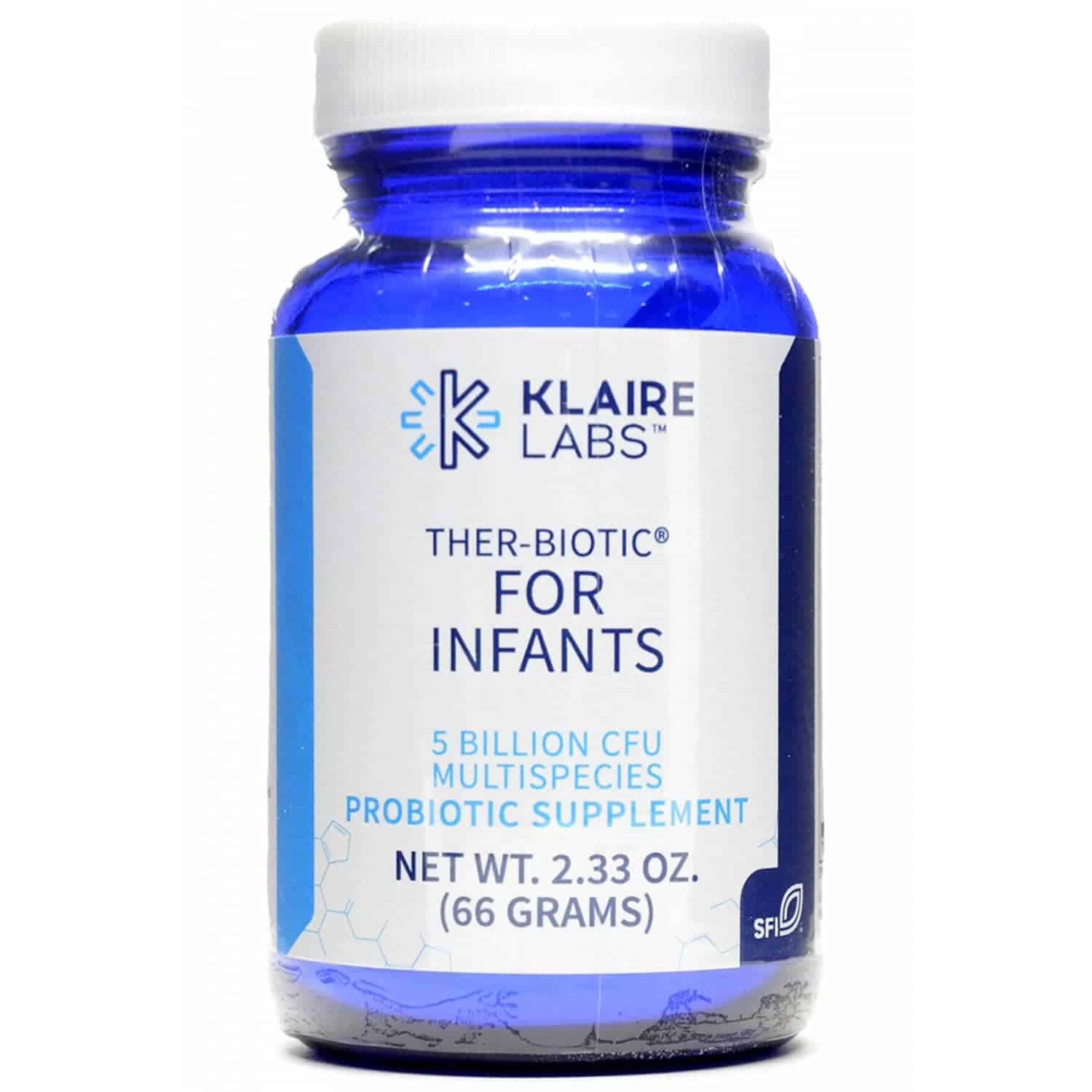Colic symptoms in infants information
Home » » Colic symptoms in infants informationYour Colic symptoms in infants images are ready in this website. Colic symptoms in infants are a topic that is being searched for and liked by netizens now. You can Find and Download the Colic symptoms in infants files here. Download all royalty-free photos and vectors.
If you’re looking for colic symptoms in infants pictures information connected with to the colic symptoms in infants keyword, you have come to the right blog. Our site always gives you suggestions for refferencing the highest quality video and picture content, please kindly search and find more enlightening video articles and graphics that fit your interests.
Colic Symptoms In Infants. If you�re not sure it�s colic Excessive crying may cause aerophagia, which results in flatulence and abdominal distention. Symptoms of colic during the first 3 months, it is normal for infants to cry and fuss. The diagnosis of colic should be doubtful and reconsidered if there is a failure to thrive.
 What is Infantile Colic (Babies with Colic) How do you From epainassist.com
What is Infantile Colic (Babies with Colic) How do you From epainassist.com
Colicky babies can be very hard to calm down. Everyone agrees that colic exists but no one knows what causes it. By contrast, infants normally cry an average of just over two hours a day, with the duration peaking at six weeks. Others have suggested a link between colic and migraine physiology, as there are a growing number of studies showing an association between infantile colic and the later development of childhood migraines. Infantile colic has been defined as paroxysmal uncontrollable crying in an otherwise healthy infant less than 3 months of age, with more than three hours of crying per day in more than three days a week and for more than three weeks.4 5 it is known to have a significant impact on infants and their families, with up to one in six families with. If you�re not sure it�s colic
Infants often show signs of colic at the same time every day, usually in the evening.
Inconsolable crying, irritability, and screaming without an obvious cause characterize colic; The crying or fussing most frequently begins suddenly and often after a feeding. Babies with colic cry more, even if there is no underlying health condition. It usually stops by the time they�re 6 months old. In breastfeeding infants with colic, maternal diets containing cow�s milk may contribute to infant distress. The diagnosis of colic should be doubtful and reconsidered if there is a failure to thrive.
 Source: epainassist.com
Source: epainassist.com
With colic, periods of crying most commonly happen in the evening and for no obvious reason. One definition used medically is �episodes of irritability, fussing, or crying that begin and end for no apparent reason and last at least three hours a day, at least three days a week, for at least one week, in an infant up to 4 months of age with no evidence of faltering growth�. Typically, colicky infants eat and gain weight well, although vigorous nonnutritive sucking may suggest excessive hunger. Colic is a common problem, occurring in about one out of 10 infants. It may also be colic if:
 Source: babycenter.ca
Source: babycenter.ca
The cry is loud, high pitched, and continuous, and the spells last from one to four hours. A healthy baby may have colic if he or she cries or is fussy for several hours a day, for no obvious reason. Colicky babies often cry from 6 p.m. Colicky babies can be very hard to calm down. Infantile colic has been defined as paroxysmal uncontrollable crying in an otherwise healthy infant less than 3 months of age, with more than three hours of crying per day in more than three days a week and for more than three weeks.4 5 it is known to have a significant impact on infants and their families, with up to one in six families with.
 Source: omicsonline.org
Source: omicsonline.org
Have a dirty or wet nappy. Resolution of symptoms after maternal dietary change (in breastfed infants) or formula change hair tourniquet syndrome edema of. The colic appears to be unrelated to the environmental events. The crying or fussing most frequently begins suddenly and often after a feeding. If you�re not sure it�s colic
 Source: medindia.net
Source: medindia.net
Others have suggested a link between colic and migraine physiology, as there are a growing number of studies showing an association between infantile colic and the later development of childhood migraines. Inconsolable crying, irritability, and screaming without an obvious cause characterize colic; The colic appears to be unrelated to the environmental events. Your colicky baby may also: They bring their knees up to their tummy or arch their back;
 Source: attyanneinton.blogspot.com
Source: attyanneinton.blogspot.com
It can start when a baby is a few weeks old. The physical examination is normal and is done to exclude organic causes of the infant’s irritability. Wessel defined colic in 1954 as excessive crying lasting more than three hours a day, more than three days per week, and for more than three consecutive weeks. The colic appears to be unrelated to the environmental events. Everyone agrees that colic exists but no one knows what causes it.
 Source: gentlenursery.com
Source: gentlenursery.com
One definition used medically is �episodes of irritability, fussing, or crying that begin and end for no apparent reason and last at least three hours a day, at least three days a week, for at least one week, in an infant up to 4 months of age with no evidence of faltering growth�. Your colicky baby may also: It may also be colic if: Infants often show signs of colic at the same time every day, usually in the evening. Colic probably has no relation to development of an insistent, impatient personality.
This site is an open community for users to do sharing their favorite wallpapers on the internet, all images or pictures in this website are for personal wallpaper use only, it is stricly prohibited to use this wallpaper for commercial purposes, if you are the author and find this image is shared without your permission, please kindly raise a DMCA report to Us.
If you find this site serviceableness, please support us by sharing this posts to your favorite social media accounts like Facebook, Instagram and so on or you can also bookmark this blog page with the title colic symptoms in infants by using Ctrl + D for devices a laptop with a Windows operating system or Command + D for laptops with an Apple operating system. If you use a smartphone, you can also use the drawer menu of the browser you are using. Whether it’s a Windows, Mac, iOS or Android operating system, you will still be able to bookmark this website.
Category
Related By Category
- Cheap dog grooming information
- Best car restoration information
- All car restorations information
- Buy dog clothes online information
- Causes for childhood obesity information
- First aid courses london information
- Dream interpretation worms information
- First aid course toronto information
- Dash diet summary information
- Flatulence foods information